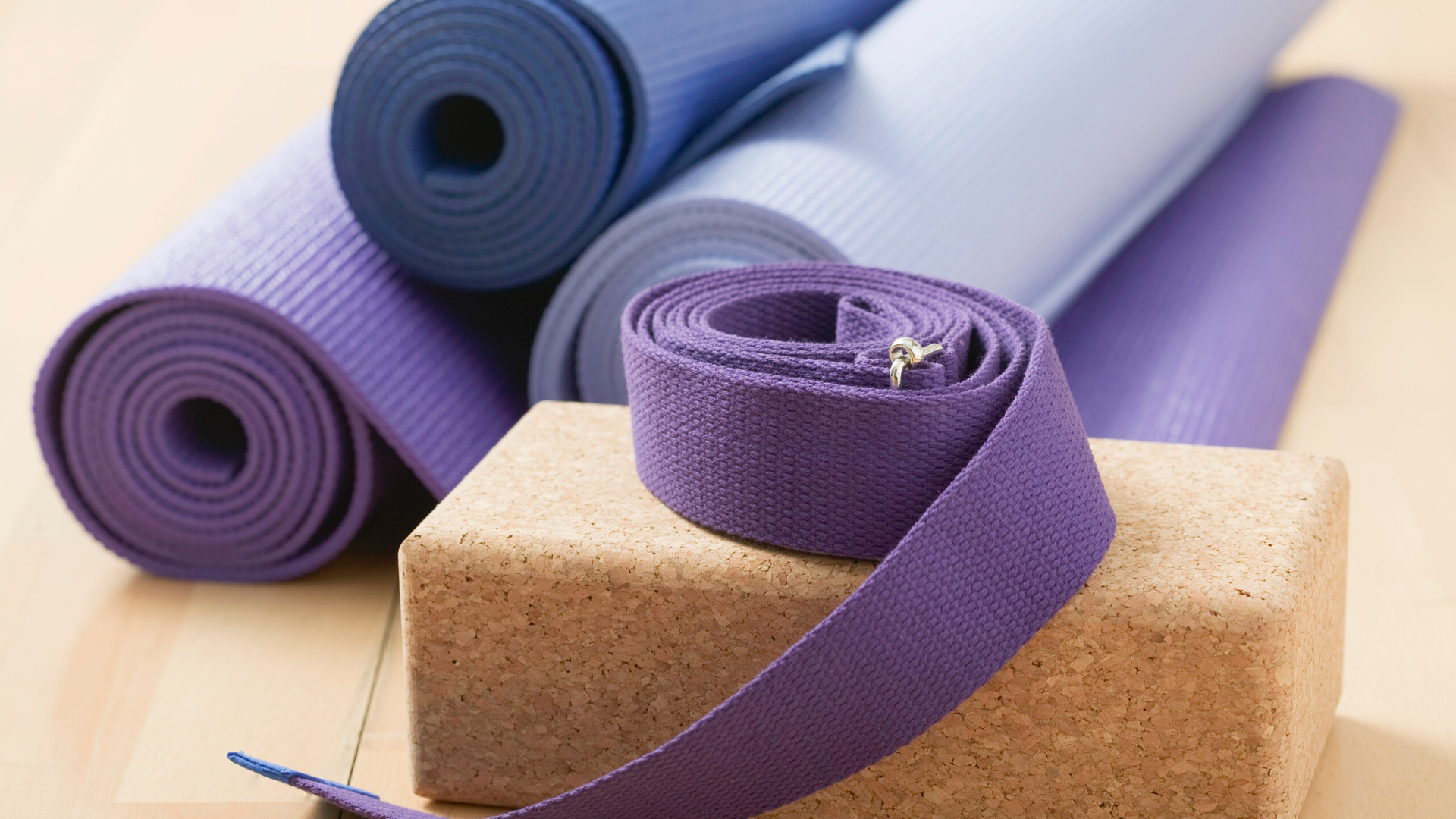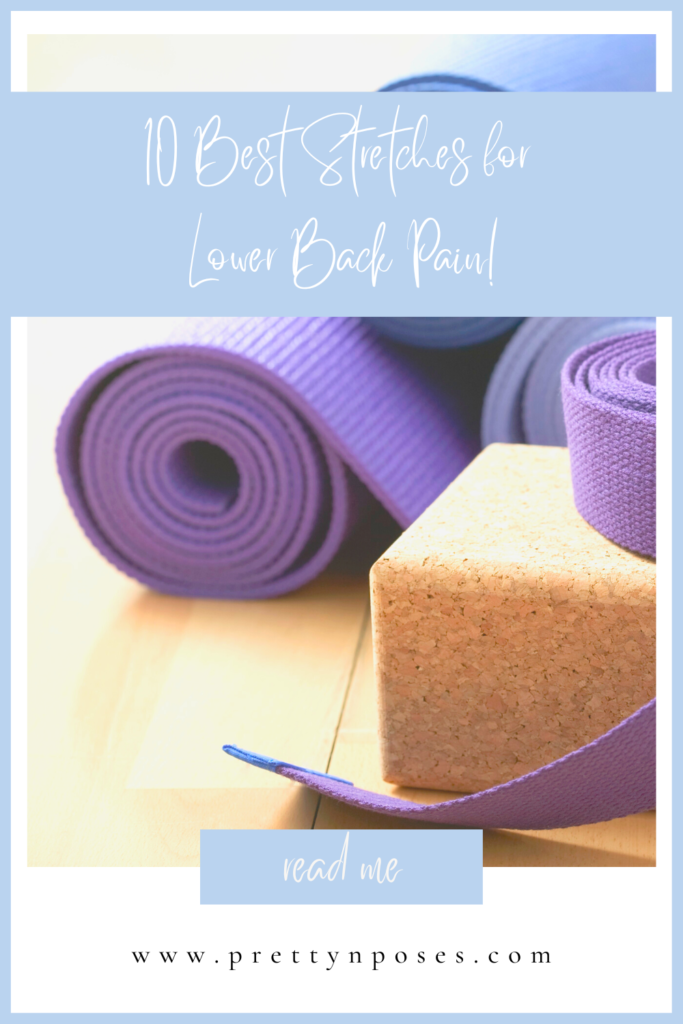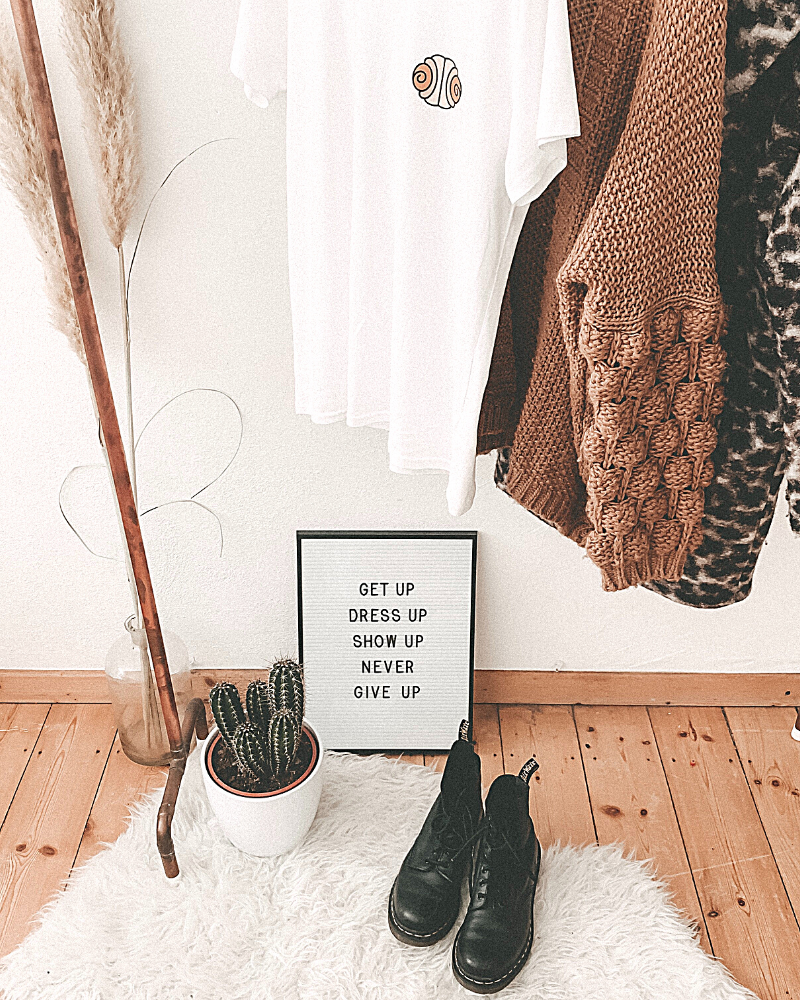
Lower back pain can happen to us all no matter how old or physically fit we are.
And although everyone battles discomfort differently, an issue like this can seriously diminish our overall quality of life and leave us feeling utterly helpless.
Thankfully, most cases are minor and tend to go away on their own without medical intervention.
However, just adding a few more targeted stretches to your fitness routine may help alleviate and prevent this problem.
So, today we’re digging into the ten best stretches for lower back pain.
Why Stretches Are Good for Lower Back Pain?
Any number of factors can lead to lumbar or lower back pain, though, an injury to the lumbar musculoskeletal system tends to be the most common source of discomfort.
It could also be the result of weak back, core, or glute muscles.
Whether it is one or a combination of issues contributing to your spinal stiffness, stretching may provide some relief.
That’s because stretching relieves tension around the supporting back muscles while improving posture and range of motion.
Stretches for Lower Back Pain
When stretching, make sure to practice proper form moving at your own pace and mobility level. Remember, it’s best to hold the stretch anywhere from 15 to 30 seconds for best results.
Before we begin, it is important to note that these stretches were chosen for their simplicity and their ability to be performed by almost anyone at any time.
Child’s Pose
Even if you are unfamiliar with yoga, you’ll likely recognize Child’s Pose. This is a yoga posture practiced all around the world and for good reason.
Child Pose or Balasana, as it is called in Sanskrit, is incredibly effective at reducing spinal discomfort.
It does a good job of stretching the spine to reduce strain in the lower back.
With regular exercise, this posture may help counteract any tenderness that can spring from a sedentary lifestyle.
How to Perform Child Pose
For this pose, you’ll want to begin on your hands and knees in what is known as a tabletop position.
Next, sit back on your heels and reach your arms straight forward, lowering your chest toward the floor.
Keep your head down and relax in the posture for about 30 seconds or for as long as you feel comfortable.
Knee-to-Chest Stretch
Another yoga pose (in fact, most of these are yoga poses) you may be familiar with is the knee-to-chest stretch or Apanasana.
Ideal for lower back pain, specifically sciatica, it also comes with a wealth of benefits like stress reduction, improved range of motion, and the stimulation of digestive organs.
Through stretching and relieving tension in the spine, this exercise improves flexibility and posture.
Lastly, it promotes better circulation in the back to minimize lower back pain.
How to Perform the Knee-to-chest Stretch
The knee-to-chest stretch is very straightforward. It can be done by lying on your back and bending your knees. To start, try to keep the feet planted on the floor.
Next, bring one leg to your chest and hold it in place with your hands, keeping the other leg on the floor.
Continue hugging the knee to your chest for 30 seconds or until comfortable. When time is up, switch legs.
Seated Spinal Twist
The spinal twist is an excellent stretch for lower back pain.
Also called Ardha Matsyendrasana in Sanskrit, this posture promotes spinal mobility and flexibility while strengthening the surrounding muscles.
Adding the seated spinal twist to your weekly routine could relieve tension, reduce stress, and boost mental health.
The yoga pose may even improve the function of your hips, neck, and shoulders.
How to Perform the Seated Spinal Twist
The seated spinal twist must be performed correctly to avoid injury. Luckily, it’s a very simple pose.
Start with sitting with your legs splayed in front of you. Then bend one knee and cross it over the other leg.
Twist your upper body in the direction of the bent knee and extend your opposite arm. Hold the stretch for at least 30 seconds before switching sides.
Pelvic Tilt
Pelvic tilts, or pelvic tilting or pelvic curls, can be beneficial for numerous reasons including enhancing core strength and flexibility.
Moreover, it can help address certain musculoskeletal issues as well, particularly for lower back pain.
Pelvic tilts encourage proper alignment of the pelvis and back contributing to better overall posture.
Plus, it supports the natural curve of your spine while promoting flexibility, and relieving tension in the lumbar spine to help diminish lower back pain.
Furthermore, the pelvic tilt can be advantageous for women, especially during pregnancy and postpartum recovery.
How to Perform the Pelvic Tilt
Begin on your back with your knees bent and your feet flat on the floor.
Engage the core and press your lower back into the floor.
Hold this position for a few seconds and then relax. Repeat rotation for a minute.
Cat-Cow
Cat-cow, a.k.a Cat-Camel or Chakravakasana, is a popular posture in yoga that involves dynamic movement between two positions.
Targeting both your lower back and upper abdominals, this pose is great for reducing stress, increasing blood circulation, and pelvic floor activation.
The gentle stretching and movement of the spine in this stretch reduce lumbar strain which helps alleviate mild to moderate back pain.
How to Perform Cat-Cow
Begin down on your hands and knees. Arch the back like a cat making sure to tuck your chin into your chest.
Hold here for a few seconds, then allow your stomach to drop down toward the floor while you lift your head and tailbone toward the sky or ceiling.
Repeat this pattern after about a minute.
Pigeon Pose
Another well-known yoga posture is the pigeon pose or Eka Pada Rajakapotasana which predominantly targets the hips, thighs, and groin.
That said, it has a load of other benefits, including some for the shoulders, chest, core, and back, too.
Like many of the other stretches on this list, Pigeon releases tension, particularly, in the hips and lower back which keeps the curvature of the spine healthy and intact.
The tension released in this pose further aids the piriformis muscle, which may contribute to sciatic nerve discomfort when tight.
How to Perform Pigeon Pose
Pigeon Pose is an invaluable posture for the back, but it is essential to practice this stretch with your body’s limitations in mind.
People with certain hip or knee issues should proceed with caution.
Similar to the Cat-Cow stretch, you will start this posture on your hands and knees.
Bring one knee forward and out to the side of your body, almost as if you were trying to touch the knee to your wrist on the same side.
Then, you’ll extend your other leg straight out behind you.
Next, lower your body toward the floor as much as comfortably possible. Maintain this position for at least 30 seconds if possible, before switching sides.
Supine Twist
The Supine Twist or Supta Matsyendrasana involves lying on the back and twisting your lower body to one side.
There are many advantages to this pose including providing a gentle stretch to the chest, shoulders, hips, and glutes.
It’s a good pose to try for relieving tightness and pressure in the lower back which eases mild and moderate low back discomfort.
How to Perform Supine Twist
To get into this stretch, lie on your back and gently bend your knees up toward your chest.
Extend the arms out to the sides of the body and slowly lower your knees to the left or right of you.
Hold this position for about 30 seconds, then repeat on the other side.
Cobra Pose
Another famous yoga pose on this list is the cobra pose or Bhujangasana in Sanskrit. It is a back-bending posture that offers a range of benefits.
When practiced regularly, this pose can help stimulate abdominal organs, promote flexibility, and stretch the chest and even lungs.
Cobra is a pose that targets the muscles along the spine which can work to strengthen the entire back.
It’s ideal for improving posture, easing sciatica discomfort, and reducing mild tension and back pain.
How to Perform Cobra Pose
Since the cobra pose involves bending the spine, it is critical to practice this posture with proper alignment and form.
To perform this yoga pose, lie on your belly and line your hands directly under your shoulders.
Push through the palms and lift the chest off the floor. Be sure to straighten your arms as much as you comfortably can.
Keep your hips and lower body relaxed as you hold for at least 30 seconds.
Forward Fold
The forward fold or Uttanasana in yoga, is a forward-bending pose with great lower body stretch.
Not only does it calm the nervous system, thus, decreasing anxiety levels, but it enhances flexibility in the hamstrings while relieving pressure in the head and neck.
For the back, specifically, the forward-bending movement of the posture does a good job of mitigating tension, improving posture, and increasing flexibility of the entire back.
How to Perform Forward fold
The forward fold is one of the most simplistic stretches you can do. First, begin with your feet hip-width apart, standing tall.
Slowly hinge forward from your hips, maintaining as straight of a back as possible.
Allow your head to hang loosely as you lightly touch your shins. Alternatively, you could also grab your elbows and hold for at least 30 seconds.
Standing Hamstring Stretch
The hamstrings, located at the back of the thigh, are very important to keep stretched and healthy.
This is because when these muscles are tight, they can contribute to lower back pain.
Servicing the hamstrings regularly can enhance flexibility in this area, allowing for a greater range of motion in the hip and knee joints.
Thus, making it easier to perform daily functional movements such as walking, bending, and sitting.
Keeping this area stretched can also help reduce the risk of injury since flexible hamstrings are less prone to injury.
In terms of back care, routinely stretching the hams allows the pelvis to tilt forward more readily which reduces strain on the lower back leading to better posture.
Finally, this stretch additionally relieves pain due to tightness of the posterior chain muscles.
How to Perform The Standing Hamstring Stretch
Stand with one foot on a sturdy box or platform.
Keep your leg straight, pelvis tilted forward and hinge slightly at the hips to reach down toward your toes.
Feel the stretch in your hamstring and calf.
Hold for 15 to 30 seconds or as long as comfortable and switch, doing the same thing to the other side.
Q & A
Should you rest or exercise with back pain?
Exercise! Research has shown that regular movement can help reduce back pain. When you don’t move as much, your core muscles weaken, making the pain worse over time. This may eventually open the door to other health-related issues. Thus, it is recommended that individuals with back pain engage in as much physical activity throughout the day as possible. That is, once medically cleared to do so.
Should I stretch my lower back if it hurts?
Yes! Gentle stretching can sometimes offer relief from back pain. Also, when done regularly it can improve posture, promote mobility, as well as strengthen back and abdominal muscles. Moreover, staying physically active may prevent muscle atrophy and alleviate muscle spasms. Again, once medically cleared to do so.
How should I sleep if I have lower back pain?
It’s advised to sleep on your side or your back for lower back pain. However, avoid sleeping on your stomach whenever possible, this helps keep your spine in a neutral position. If it is difficult, try placing a small, flat pillow under your stomach or hips.
Stretch to Reduce Lower Back Pain
Voila! Ten best stretches for lower back pain. Since stretches are widely accessible and seeming simplistic they are often underrated for helping relieve back discomfort.
However, when done regularly, stretching can be a great pain reliever.
There was even a study done that showed yoga, which involves stretching, to be just as effective at managing lower back pain as physical therapy.
So, what are waiting for? Get to stretching!
P.S.- IF YOU LIKED THIS POST THEN CHECK OUT SOME OF MY OTHERS: 5 INCREDIBLE HEALTH BENEFITS OF YOGA

Remember to always consult with a healthcare professional or a qualified fitness instructor before attempting any of the stretches mentioned in this post. Especially, if you have any concerns or specific health conditions.






Leave a Reply